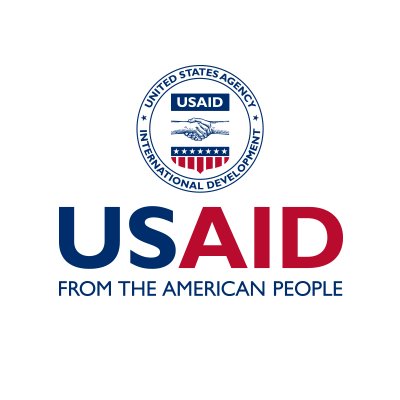USAID Invests in Early Warning Systems for Impending Climate-Related Disasters to Save Lives
Today at COP27, the U.S. Agency for International Development (USAID) announced $33 million to provide communities at risk of climate-prone disasters – including cyclones, droughts, and floods – with access to effective early warning systems. Increasing access to early warning systems translates to early action, allowing communities to prepare for disasters before they happen. Alternatively, lack of early warning systems can lead to a loss of lives and economic assets. To help communities prepare for impending climate hazards and adapt to climate change, USAID is partnering with the National Oceanic and Atmospheric Administration (NOAA), the World Meteorological Organization (WMO), and national authorities in vulnerable areas around the world to scale up early warning systems and build the capacities of their local-level meteorological and disaster management agencies.
The U.S. government has a long history of supporting the development of climate-related early warning systems around the world. For example, a flash flood guidance system that was developed and implemented by USAID, WMO, NOAA, and the Hydrologic Research Center enables national authorities to monitor and provide early warnings of flash flooding to more than three billion people in 67 countries.
These efforts are helping to deliver on the President’s Emergency Plan for Adaptation and Resilience (PREPARE) that President Biden announced at COP26 last year, a whole-of-government effort, to help more than half a billion people in developing countries adapt to and manage the impacts of climate change. Investing in early warning systems around the world supports the goals of PREPARE by helping communities to reduce risks of climate- and extreme weather-related disasters and adapt to climate change.
USAID stands with communities affected by climate change and extreme weather around the world and continues to work towards building more resilient communities through early warning and disaster risk reduction initiatives.

